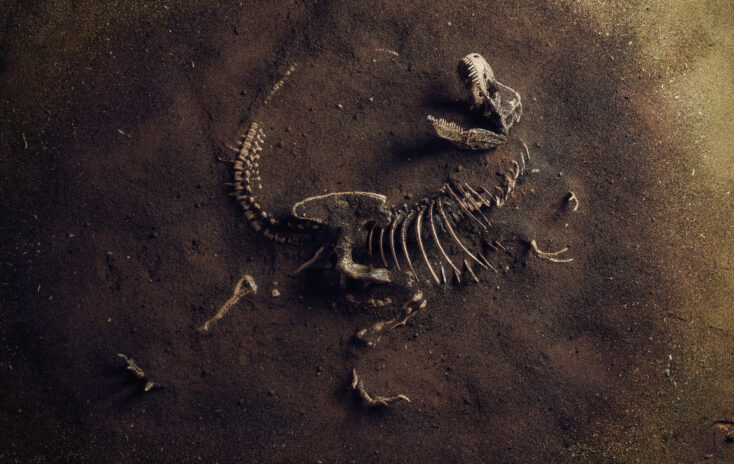A Hot Cup of Evolution
It’s not often one feels connected to a microbe. But if there were ever one I’d want to grab a cup of joe with, it would be the bacterium Pseudomonas putida CBB5. (Think that’s hard to say, just try repeating a hipster’s drink order.)

There’s that “e” word again. Depending on a person’s palate, the very mention of “evolution” can go down smooth or cause some major lip pursing. But, just like coffee, there are a number of different “blends” of evolution.
What I’ve discovered in my tenure here at RTB is that people frequently ask—or presume—which evolution blend RTB prefers. And they don’t always guess right. So, when biochemist Fuz Rana and I popped into the studio to record a podcast on the caffeine-glugging microbe, I took advantage of the opportunity to ask him about RTB’s perspective on the different types of evolution.
What RTB considers controversial types of evolution:
Chemical evolution – The idea that life can come from nonlife through a series of chemical evolutionary steps where molecules eventually give way to complex organisms
Macroevolution – Where evolution has creative power, for example where an apelike creature would evolve into a human
What RTB considers noncontroversial types of evolution:
Microevolution – Variation of traits within a population (e.g., the peppered moth)
Speciation – Where one species can produce closely related sister species (e.g., the Galapagos finches)
Microbial evolution – Evolution of bacteria, viruses, and other single-celled eukaryotic organisms. The extremely large populations are relatively simple, single-celled organisms that reproduce asexually.
With regard to the caffeine-loving microbe Pseudomonas putida CBB5, Fuz explains that it is indeed an example of evolution in action—microbial evolution, that is. But he adds this caveat, “just because the bacteria evolved the capacity to metabolize caffeine doesn’t mean somehow humans evolved from apes. Those are two very different types of evidence.”
When news stories like the one about the caffeine-gobbling microbe hit your home page, consider first what blend of evolution is being served. Then take a sip, or not.
–Sandra
Resources:
For an in-depth response to the controversial types of evolution, check out Who Was Adam?, Origins of Life, and Creating Life in the Lab.




